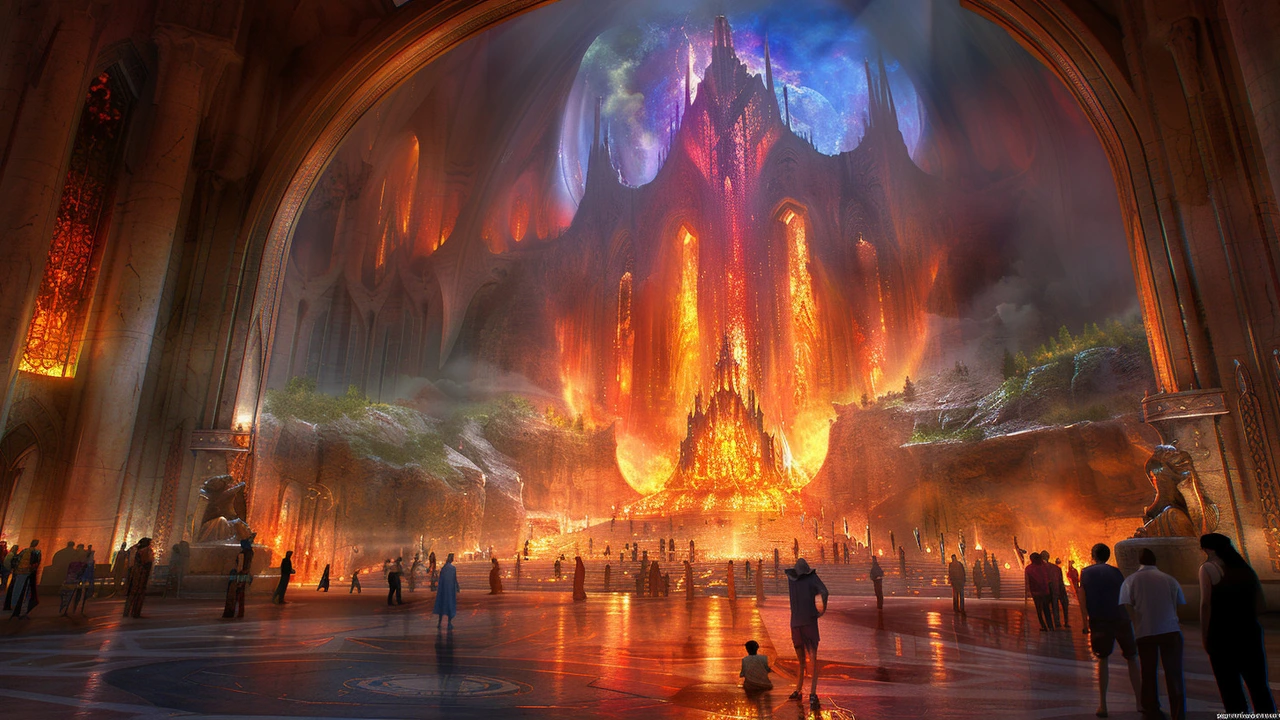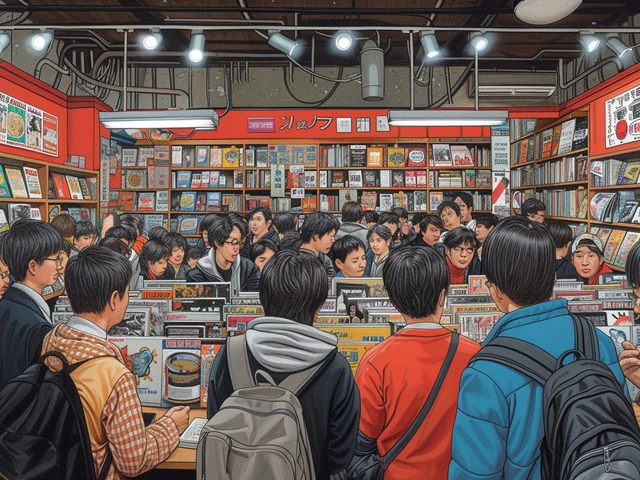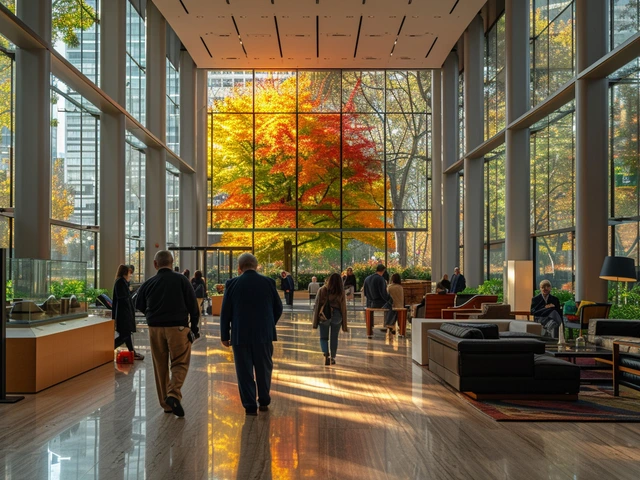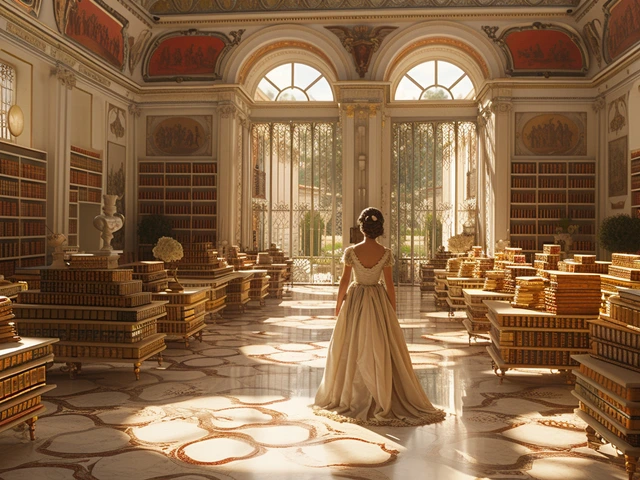Breaking Cloudy Misconceptions: Unveiling Gothic Art
Gothic is a term that brings to mind images of dark, gruesome, and unsettling images, doesn't it? Many have this preconceived idea - a mishmash of terrifying movie scenes, gloomy song lyrics, and disquieting novels. But as your friendly neighbourhood Fiona, I’ll let you in on a secret; Gothic art is much more than just encountering a vampire in a dark ally - pun intended!
Beyond the vast misconceptions lay an art style that melded philosophy, manipulated light, and carved-in-stone metaphysical inquiries. Think of it as an Instagram filter for medieval Europe setting. Still with me here? Great, let's push further into the cathedral of Gothic art's formative role in shaping European cultural identity.
Gothic Art: The Birth of a New Epoch
“Once upon a time, in a land far, far away…” doesn’t quite cut it when we’re talking about an era that completely overturned the cultural and artistic landscape of its time - the Middle Ages. You could say Gothic art was the rebellious teenager of the Middle Ages, breaking away from the Romanesque period and blazing its own trail around the 12th century. People of that time must have felt what I feel when Maeve brings home her latest modern art piece from school and I can't for the life of me figure out what it is. But on a serious note, this shift was a huge deal.
With the building of the Saint Denis Basilica near Paris, the Gothic style made us humans sit up and pay attention. Folks, think Google's headlines announcing a new tech gadget - it was that kind of sensation. So, we have Abbot Suger, the patron of Saint Denis, to thank for triggering the revolution that was Gothic art.
Stained Glass - The 'Instagram Filter'
How about a trip through the looking glass? The window glass, in this case – stained, intriguing and drenched in beauty. Gothic art invented the use of stained glass in architecture like nobody's business. These candy-coloured windows were not just for 'aesthetics'. They were visual parables, shedding light on religious stories and casting an otherworldly glow into the sacred spaces. I should note they'd look striking on our Instagram feeds, no?
Anyway, these stained glass windows transcended the usual norms of art and space in that era. They greatly stirred the senses of the land's inhabitants and tickled their divine imaginations. Talk about pictorial storytelling!
The Fabrication of Heaven on Earth
I'm sure you’ve heard of ‘bringing the outside in,’ a common concept in modern interior design, but Gothic architecture was all about ‘bringing the heaven into play.’ Channeling my inner Bob Ross here: they wanted to encapsulate the vibe of divine heaven on the mundane Earth – a happy little bridge between God and people, if you please.
The use of pointed arches and ribbed vaults gave a stunning effect of verticality, reaching towards the heavens. These towering structures certainly gave the 'sky is the limit' a whole new meaning. Gothic cathedrals – with their expansive nave, choir, transept and numerous chapels – were more than just spaces for worship. They were social, political, and economic powerhouses fueling Europe's cultural engine.
Iconography: Deciphering the Divine Code
Ever tried decoding a toddler's movie plot explanation? That's how I feel when looking at Gothic iconography - thrilling, exhausting, and pretty puzzling. Gothic art is rich with symbols and codes. Iconography - the study of these symbols - becomes a Wikipedia of sorts, enabling us to understand the medieval consciousness.
Intricately carved sculptures, haunting gaze of a painted saint, an ornate altar, stunning frescoes, every element tells a tale. They visually interpret biblical beliefs and doctrines, projecting the religious philosophy of the time etched in stone and paint - it was their way of educating the masses.
And The Dark Ages Weren’t So Dark After All
You might be wondering, ‘Didn’t you say Gothic art was all doom and gloom?’ And to that, I say, ‘Oh contraire!’ Yes, Gothic art was born out of the ‘Dark Ages,’ a time often perceived as a standstill. Yet, ironically it was the medium which shed light on the collective consciousness of Europe. Europe was stepping out from the shadows of the Dark Ages with more questions, ideas, and curiosity than before. Gothic art, with all its grandeur and spirituality, essentially became the face of this awakening.
Gothic Art: Europe’s Cultural Renaissance
Who would imagine that a medieval era art form would have such an explosive impact on Europe's cultural identity? Gothic art was successful in doing so with its inventive architecture, expressive aesthetics, and rich iconography. It added new dimensions to European culture, acted as a vessel for religious education, transformed spatial perception, and ignited the spark for the later Renaissance period. In essence, it was Europe's chance at an artistic do-over that led to a broader cultural revolution.
In the grand scheme of things, Gothic art was much more than an art style. It was a dramatic overhaul of Europe's cultural identity, much akin to how my little Maeve fearlessly adds a new dimension to our family dynamic almost every day. Now, every time you encounter a hauntingly beautiful stained glass window, remember, there's more than just an Instagram worthy Gothic aesthetic. Time to break our own cloudy misconceptions, wouldn't you agree?



